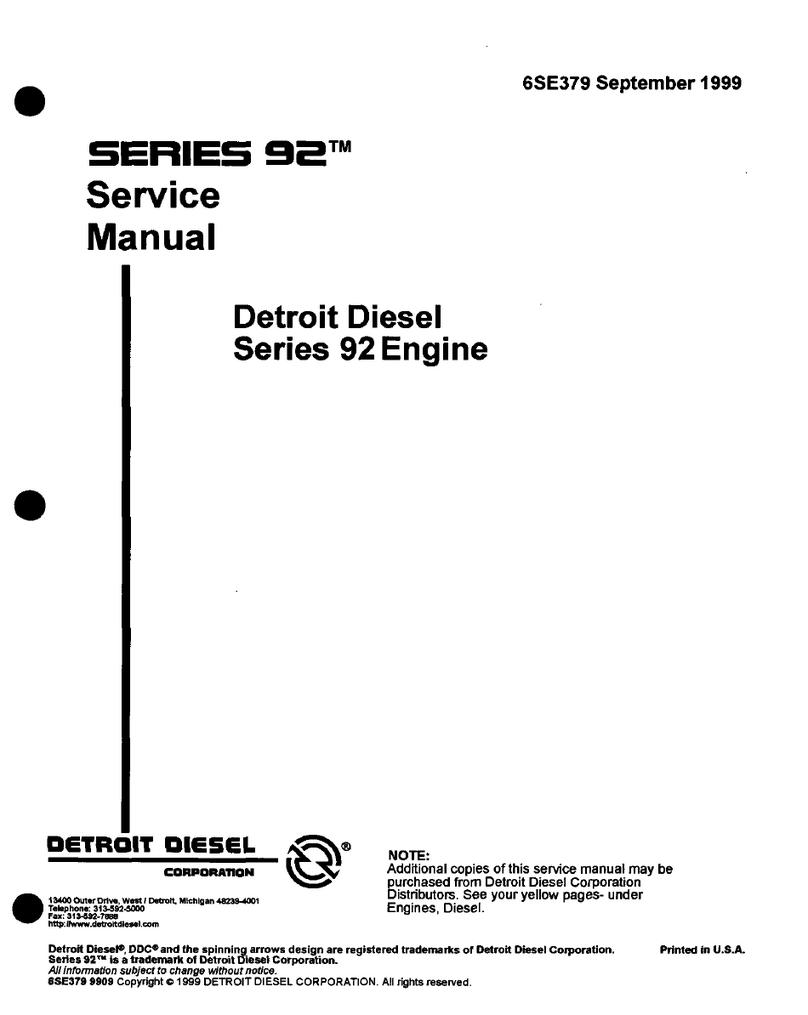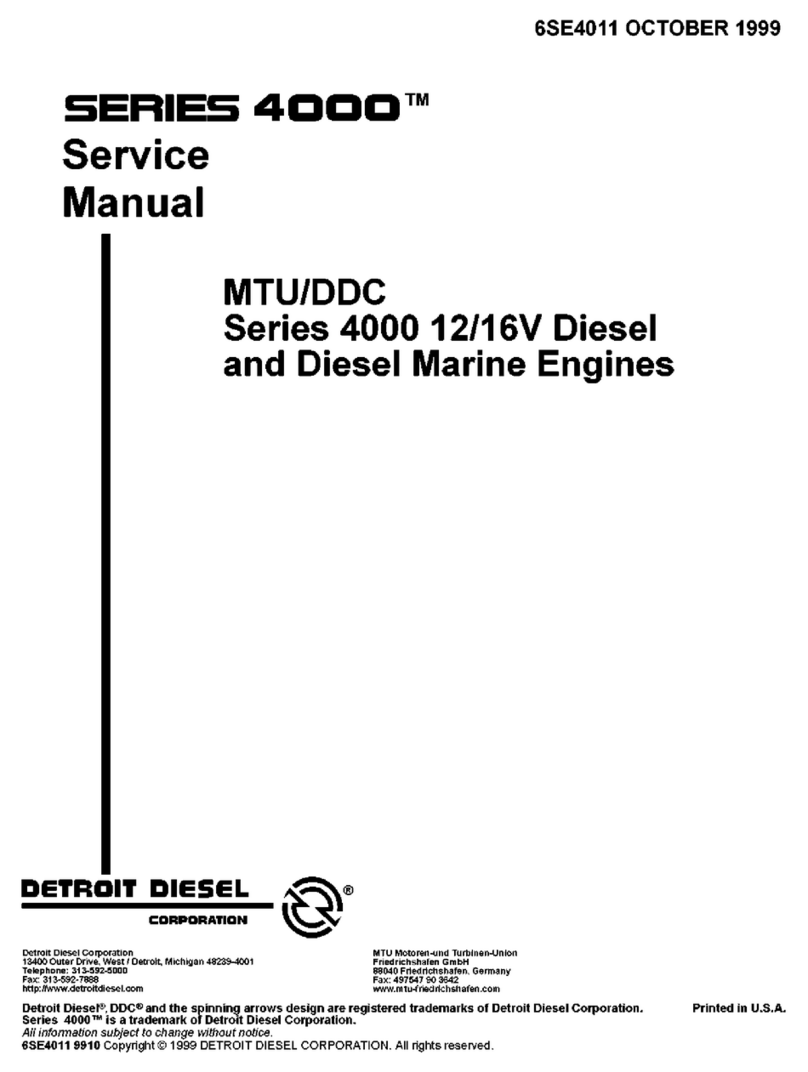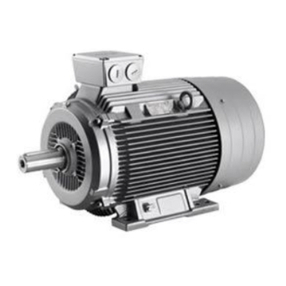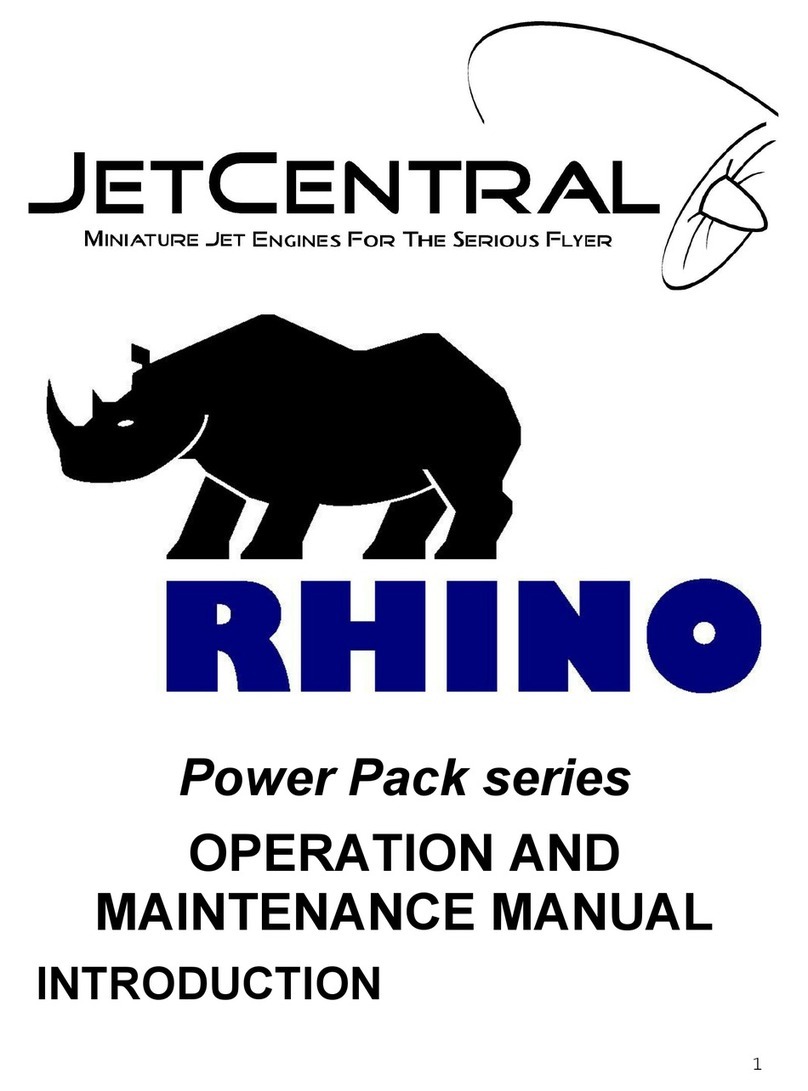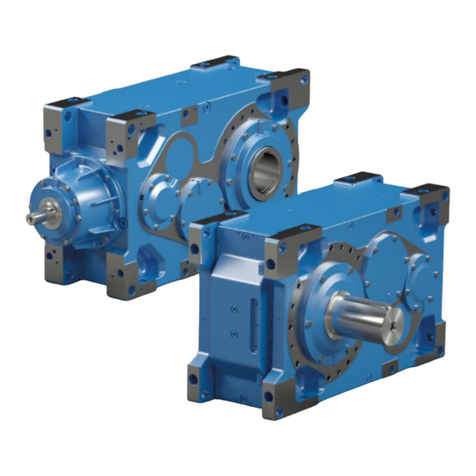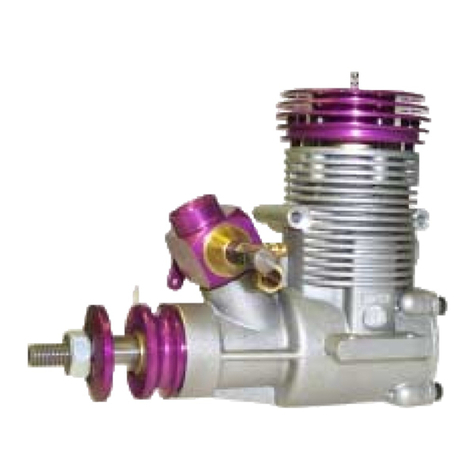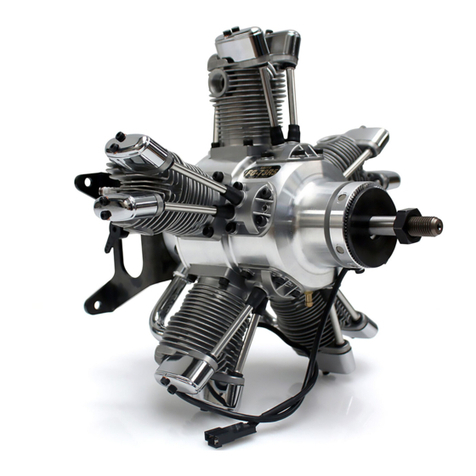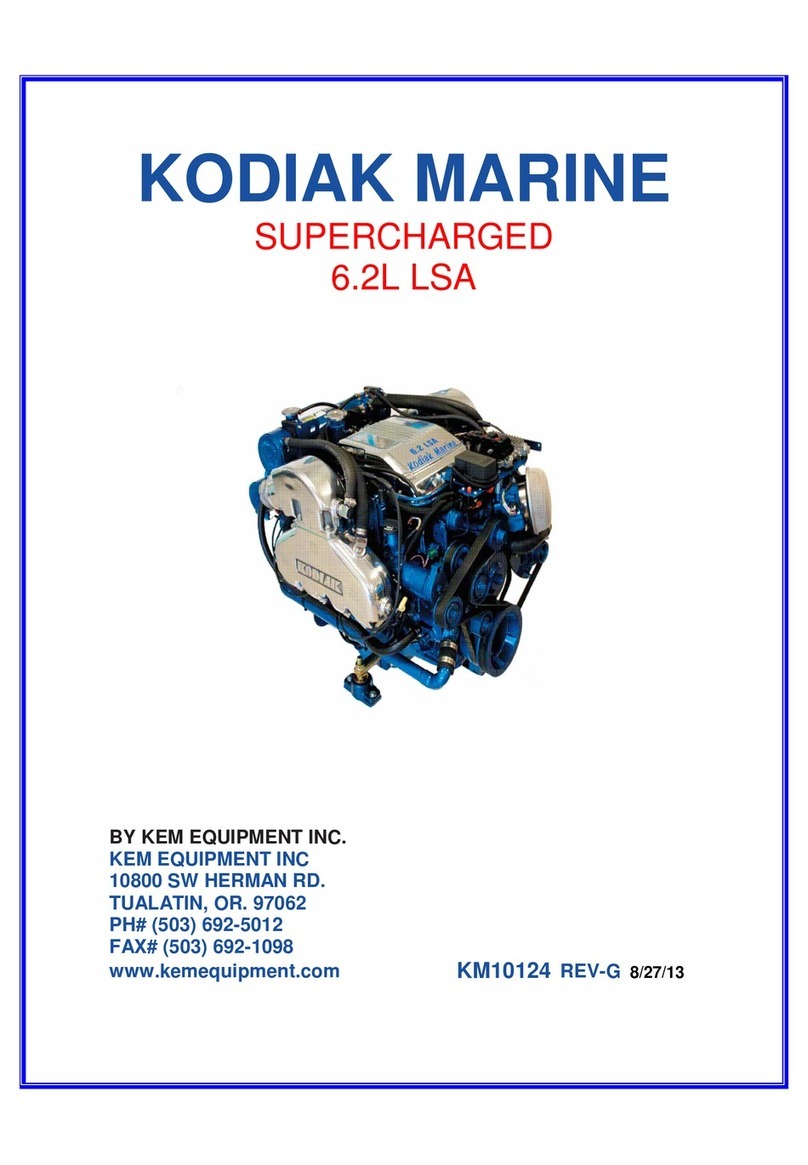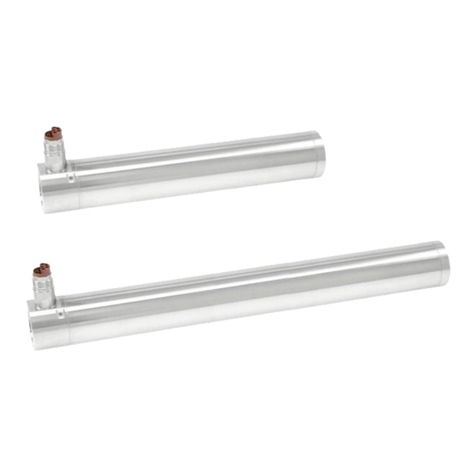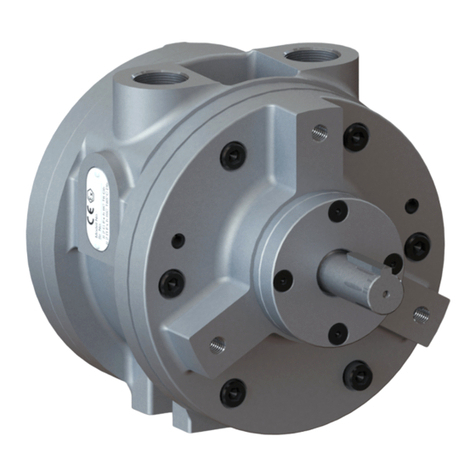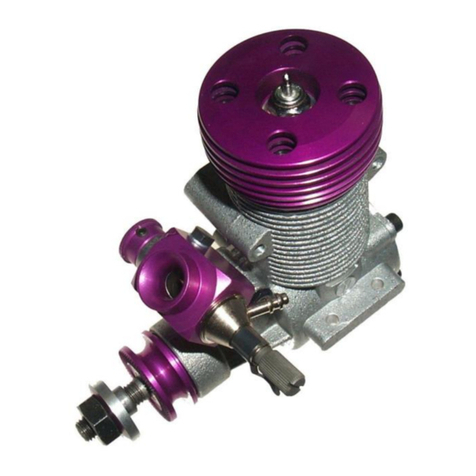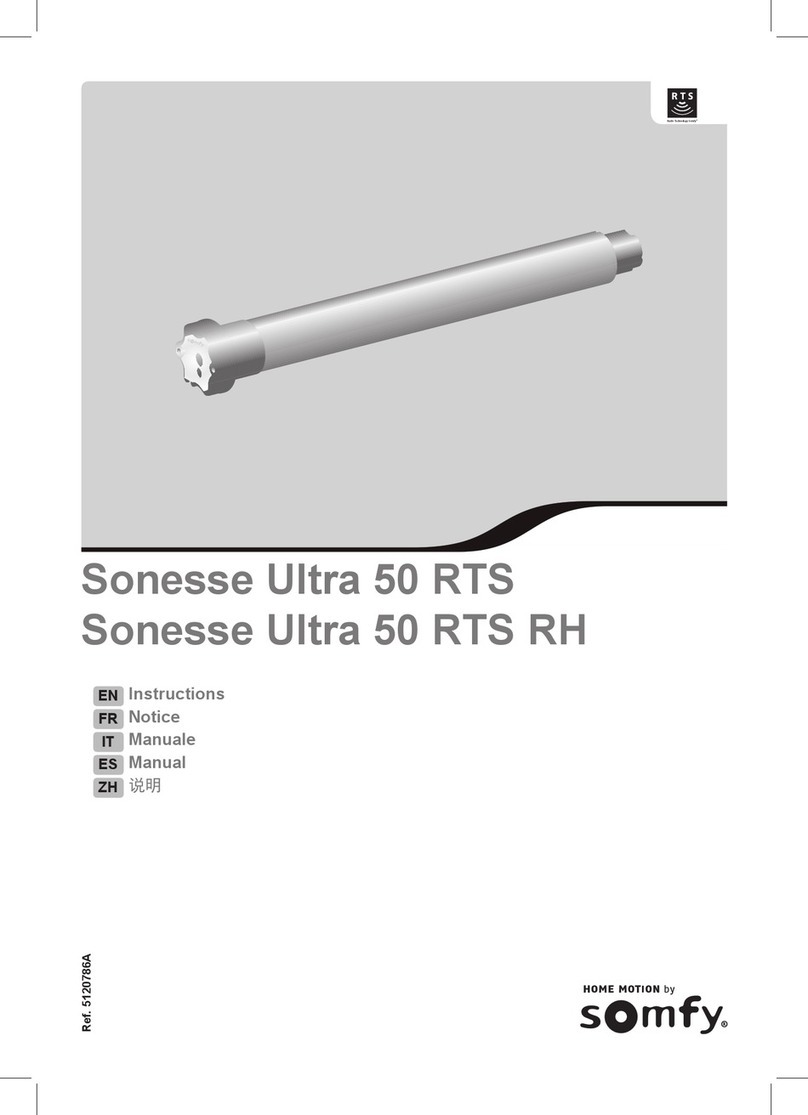or 200,000 miles (320,000 km),
whichever comes first. At this interval,
the coolant must be drained and the
cooling system cleaned thoroughly.
The cooling system should then be
replenished with Power Cool or an
equivalent quality ethylene glycol base
antifreeze/ water solution in the
required concentration. If Power Cool
or equivalent fully formulated pre-
charged inhibited ethylene glycol
(IEG) antifreeze is not used, required
Detroit Diesel Maintenance Product
cooling system inhibitors must be
added at initial fill. Inhibitor levels must
be checked at regular intervals and a
new maintenance element installed, if
required. Refer to “Inhibitor Test
Procedures” under How to Select
Coolant and use the required coolant
filter/conditioner elements shown on
the Specifications chart (pages 73-74).
Cooling System Hoses—All cooling
system hoses should be inspected at
least every 500 hours for signs of dete-
rioration and replaced, if necessary.
Raw Water Cooling System- Drain at
the end of each boating season.
Sea Strainers- Inspect sea strainers
daily. Clean sea strainers at least annu-
ally. Clean more often if surface sea-
weed growth or water contamination
levels are fairly high.
Item 5 - Turbocharger, Exhaust
Connections
Visually inspect the mountings, intake
and exhaust ducting and connections
for leaks daily. Check the oil inlet and
outlet lines for leaks or restrictions to oil
flow. Check for unusual noise or vibra-
tion and, if excessive, stop the engine
and do not operate until the cause is
determined.
Every 12 months, 700 hours or
20,000 miles (32,000 km), the exhaust
manifold retaining nuts, exhaust flange
clamp and other connections should be
checked for tightness. Check for proper
operation of the exhaust pipe rain cap, if
one is used.
Check heat-insulating exhaust sys-
tem blankets for damage daily. Torn,
matted, crushed, oil-soaked, or other-
wise damaged insulation blankets must
be replaced immediately.
Item 6 - Battery
Check "Eye" of Maintenance-Free Batteries
35
Eye
CAUTION:
To avoid personal injury or tur-
bocharger damage, do not remove,
attach, or tighten turbocharger air
intake ducting while the engine is
operating or operate the engine
with the ducting removed.
CAUTION:
To avoid possible personal injury
and/or engine damage from acci-
dental engine startup, always dis-
connect the battery before
servicing the electrical system. To
avoid alternator damage when
removing battery connections,
disconnect the negative (–) termi-
nal first. Reconnect the negative
terminal last.
for cover damage and/or indications of
twisted, worn, crimped, brittle,
cracked, or leaking lines. Hoses with
their outer cover worn through or dam-
aged metal reinforcement should be
considered unfit for further service.
All hoses in and out of machinery
should be replaced during major
overhaul and/or after a maximum of
five years of service.
EXCEPTION: Replace all cooling
system hoses on pleasure craft
marine engines after 1,000 hours of
service, regardless of apparent con-
dition. Cooling system hoses on
commercial marine engines do not
require automatic replacement after
1,000 hours, but should be replaced
at overhaul.
Fire resistant fuel and lube oil hose
assemblies do not require automatic
replacement after five years service or
at major overhaul, but should be
inspected carefully before being put
back into service.
Item 4 - Cooling System
Check the coolant level daily and
maintain it near the bottom of the filler
neck on the radiator or heat exchang-
er. On some installations this is done
by checking an overflow bottle or sight
glass. Add coolant as necessary, but
do not overfill. Before adding coolant,
refer to How to Select Coolant in the
How To section of this guide.
Make a daily visual check for cool-
ing system leaks. Look for an accumu-
lation of coolant when the engine is
running and when it is stopped. Cool-
ant leaks may be more apparent on an
engine when it is cold.
The inhibitors in antifreeze solutions
should be replenished with a non-
chromate corrosion inhibitor supple-
ment when indicated by testing the
coolant. Refer to How to Select
Coolant for required test intervals and
inhibitor levels.
Coolant Drain Interval—Detroit
Diesel recommends replacing cool-
ant with genuine Detroit Diesel
Power Cool antifreeze or equivalent
quality ethylene glycol-base perma-
nent type antifreeze annually.
However, a cooling system properly
maintained and protected with supple-
mental corrosion inhibitors can be
operated up to two years, 4000 hours,
Remove Radiator or Heat Exchanger
Pressure Control Cap with Caution
34
CAUTION:
Do not remove the pressure con-
trol cap from the radiator or heat
exchanger or attempt to drain the
coolant until the engine has
cooled. Once the engine has
cooled, use extreme caution when
removing the cap. The sudden
release of pressure from a heated
cooling system can result in a loss
of coolant and possible personal
injury (scalding, eye injury, etc.)
from the hot liquid.







































